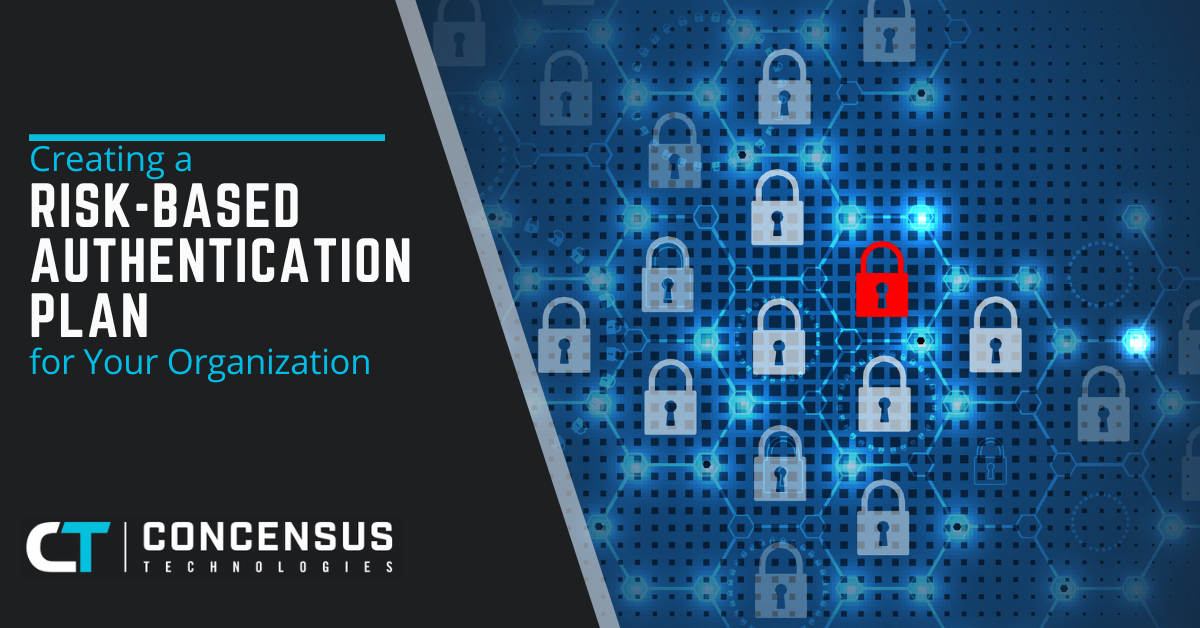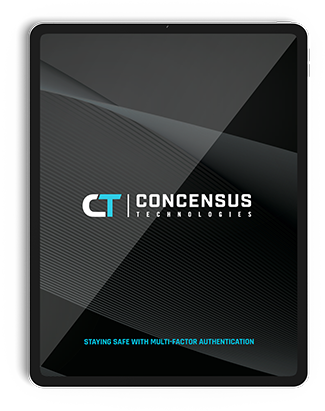
Creating a Risk-Based Authentication Plan for Your Organization
| March 8, 2024In today’s digital landscape, securing sensitive information is paramount. With the rise of cyber threats, organizations must implement robust authentication measures to protect their data and systems. One effective approach is risk-based authentication (RBA), which evaluates various factors to determine the level of authentication required for a user.
In this article, we will delve into the steps involved in creating a comprehensive risk-based authentication plan for your organization.
Understanding Risk-Based Authentication
What is Risk-Based Authentication?
- Risk-based authentication is a security measure that assesses the risk associated with each login attempt.
- It considers factors such as the user’s location, device, behavior patterns, and the sensitivity of the requested resources.
Benefits of Risk-Based Authentication
- Enhanced Security: RBA adapts authentication requirements based on the perceived risk, providing stronger protection against unauthorized access.
- User Experience: By minimizing unnecessary authentication steps, RBA improves user experience without compromising security.
- Cost Savings: Organizations can save costs by reducing fraudulent activities and streamlining authentication processes.
Steps to Create a Risk-Based Authentication Plan
1. Identify Risks
- Conduct a Risk Assessment: Evaluate potential threats and vulnerabilities to your organization’s systems and data.
- Define Risk Levels: Categorize risks based on severity and likelihood of occurrence.
- Identify Critical Assets: Determine which resources are most valuable and require heightened protection.
2. Define Authentication Factors
- Select Relevant Factors: Choose authentication factors that are most indicative of risk, such as geolocation, IP address, device fingerprinting, and user behavior.
- Assign Weightage: Assign weights to each factor based on its significance in determining risk levels.
- Establish Thresholds: Set thresholds for each factor to trigger appropriate authentication measures.
3. Implement Adaptive Authentication
- Develop Policies: Create policies that dictate authentication requirements based on risk levels.
- Integrate Technologies: Implement authentication solutions capable of dynamically adjusting security measures in real-time.
- Continuous Monitoring: Regularly monitor authentication activities and adjust policies as needed based on emerging threats and user behavior.
4. Educate Users
- Training Programs: Conduct regular training sessions to educate users about the importance of security and the role they play in maintaining it.
- Provide Guidelines: Offer clear guidelines on secure password practices, recognizing phishing attempts, and reporting suspicious activities.
- Raise Awareness: Keep users informed about the organization’s authentication policies and any updates or changes implemented.
5. Regular Evaluation and Improvement
- Monitor Effectiveness: Continuously evaluate the effectiveness of the RBA plan in mitigating risks and enhancing security.
- Gather Feedback: Solicit feedback from users and stakeholders to identify areas for improvement.
- Iterative Approach: Adopt an iterative approach to refine authentication policies and procedures based on lessons learned and evolving threats.
Implement Risk-Based Authentication
Implementing a risk-based authentication plan is crucial for safeguarding your organization’s sensitive information in today’s threat landscape. By understanding the principles of RBA and following the steps outlined above, you can create a robust authentication framework that adapts to evolving security challenges while providing a seamless user experience.
Remember, security is a shared responsibility, and by prioritizing it, we can mitigate risks and protect our organization’s assets. For more information on implementing risk-based authentication solutions, contact Concensus Technologies.

